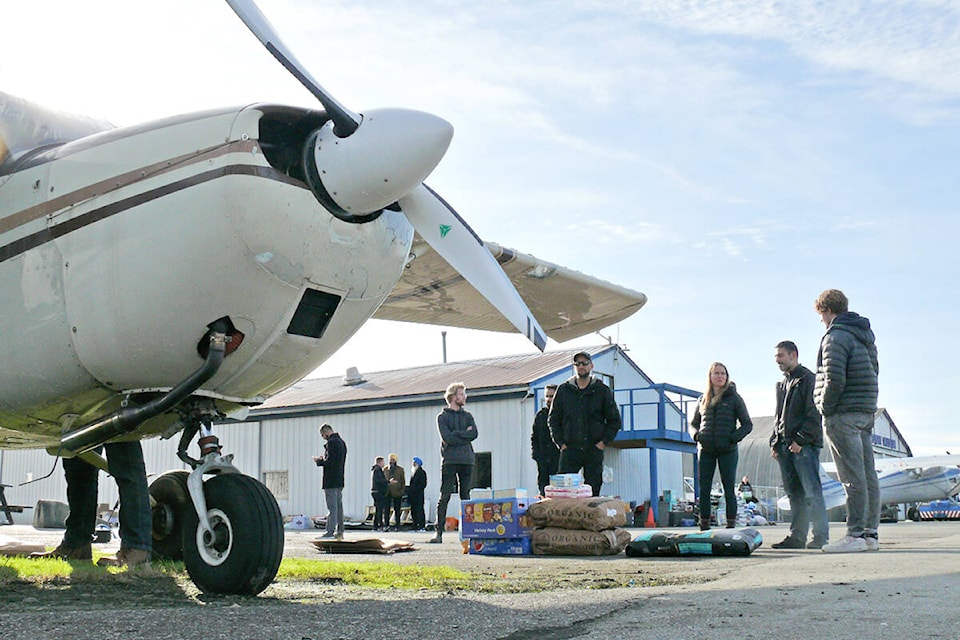When the Barrowtown pump station in Abbotsford was at risk of being flooded out during the early days of the flooding crisis, it was saved by people power.
Municipal staff and contractors from Chilliwack came to fill sandbags, but among the hundreds who came out, many were ordinary citizens, off-duty firefighters, retirees, friends – you know, volunteers.
This reminded me of a story related by historian Warren Sommer in Nothing Without Effort, his history of Langley Township.
Back in 1948, the worst Fraser River flood of the 20th century hit. It was early summer. At Langley Secondary, the graduation banquet was just wrapping up when Ernie Sendall burst into the room and shouted that the Glen Valley dikes were about to be breached.
“The boys in the crowd raced off to reinforce the work crews while the girls went home to make sandwiches to feed them,” Sommer wrote.
By 2018, when high water threatened the Katzie and Kwantlen First Nation reserves in Langley, only one thing had changed – the girls and boys both worked to fill and haul sandbags. About 200 teenagers from Langley Secondary, Langley Fundamental Middle and Secondary, and Langley Fine Arts volunteered to help, along with friends and family of the residents, and various community members.
We’re seeing this spirit of self-organized volunteerism over and over again during this crisis. Sikh temples cooking vast amounts of food for the displaced. Churches collecting emergency goods. Pilots at Langley airport and fishing guides on the Fraser River organizing to bring food and supplies to communities cut off by landslide-smashed highways. Doubtless there are countless smaller volunteer efforts that we’ll never hear about.
Yet none of these projects has direct support or endorsement from the provincial government.
The province offered little support during the heat dome that killed almost 600 British Columbians, while local non-profits, libraries, and small towns frantically handed out water, popsicles, and tried to get vulnerable people into air-conditioned spaces.
The provincial government treats the people of this province as either an inert mass, or an active threat. The emphasis is on keeping us out of dangerous areas, and then getting us to sit still.
This needs to change.
READ ALSO: Painful Truth - Between the water and the land
The government doesn’t have to take over volunteer efforts – that would probably be counterproductive!
But when there’s an effort that’s working, they can offer help.
Pay for the fuel of the pilots and fishing guide operators. Make sure there’s sand and bags and filling locations for people when the water rises. Make sure there’s access and distribution points for people bringing food, medication, baby food and diapers, and pet supplies.
One of the most powerful forces in society is, well, society. When the public feels empowered to work together for the good of their communities and their neighbours, they can accomplish great things.
It would be nice if the provincial government would come around to that way of thinking, too.
Have a story tip? Email: matthew.claxton@langleyadvancetimes.com
Like us on Facebook and follow us on Twitter.
